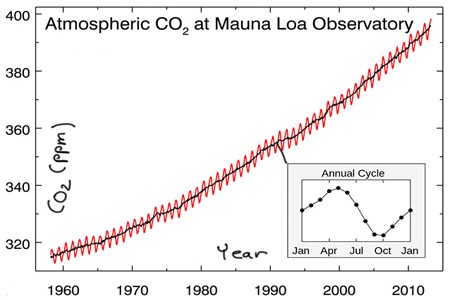Radioactive wastes are categorized as either low level or high level. Explain the distinction and how each kind of waste is properly disposed of
What will be an ideal response?
Low-level radioactive wastes consist of materials that have become slightly radioactive because of exposure to primary sources of radiation or materials that contain low levels of radioactive materials. Low-level radioactive wastes include gloves, rags, and mops used to clean up radioactive material; building materials; equipment present in nuclear reactors; and even soil contaminated with radiation. All low-level radioactive wastes pose a health threat, but they cannot support a sustained nuclear chain reaction. These wastes typically release alpha or beta radiation that can be stopped by relatively simple containers, and so are typically stored at the site of generation until there is a sufficient quantity to transport to one of three disposal facilities in the United States. High-level radioactive wastes release gamma radiation and are very difficult and dangerous to store because they generate heat and intense radiation. The three basic approaches to storage or treatment of these wastes are reprocessing, above-ground storage, and underground storage. Two advantages of reprocessing are an 80%+ reduction in waste volume and the production of nuclear fuel. However, reprocessing also creates plutonium, which can be stolen by terrorists to make nuclear weapons. Ideally, radioactive wastes that are not reprocessed should be buried deep underground and sealed off for millennia in areas that are seismically inactive. However, no such site exists, so high-level radioactive wastes are currently stored aboveground at secure locations across the United States.
You might also like to view...
The social impacts of mining have largely to do with its environmental impacts
Indicate whether the statement is true or false
Calculate the percent increase in CO2 between 1960 (at 320 ppm) and 2010 (at 400 ppm). The best answer is
A. 80%. B. 400%. C. 25%. D. 20%.
Which of the following is NOT one of the four major divisions or subregions of the United States region?
a. West b. Midwest c. South d. Northeast e. Pacific
On a standard near-infrared (false-color) photograph or digital image, the color red represents:
a. areas that are hot. b. growing vegetation. c. areas of barren land. d. roads.